Create From The Future
Today’s post comes from Gavin Guidry. Gavin is a content creator turned creative director currently lending his talents to R/GA, a creative agency committed to designing businesses & brands for a more human future. His experience crafting content for lifestyle publications like Hypebeast and Complex allows him to bring cultural and community relevant campaigns to some of the world’s biggest brands.
***
As a creator, whenever I approach a new project, my first thought is always, “How can I make something completely new? Something unlike anything that currently exists?”
Last year, I visited the ICP in New York to see a photo exhibition from one of my favorite photographers, Tyler Mitchell, titled "I Can Make You Feel Good." Instead of simply viewing photos mounted to the walls of a gallery, I was enveloped in a world of Tyler's making where I could tangibly feel and experience his work. Rather than just viewing his photos, I was walking through an alley adorned by his images that had been printed onto sheets and clothing items suspended from laundry lines. Right after that, I found myself laying down on plush grass staring up into an artificial sky that displayed dreamy, moving images that made me nostalgic for childhood picnics that I never had.
I was so inspired by the journey I had just taken that I immediately purchased his photo book. I had to learn more about how he was able to transcend a photo exhibition and instead create his own world– his own future of possibilities defined by his art. On the very first page of the book, Mitchell writes, "I feel an urgency to create a body of images where Black people are visualized as free, expressive, effortless, and sensitive. I aim to visualize what a Black utopia looks like or could look like. People say Utopia is never achievable but I love photography's possibility of allowing me to dream and make that dream become very real."
And that was it – that was the key. Tyler was underwhelmed with the current state of how Black people were portrayed in media, in art, in the world's consciousness. So he created his own future, one where Black people could be viewed with dignity and nuance. Where they can be seen as free, expressive, effortless, and sensitive. And even better, he invited us to live and dream in this world as well. No, Tyler Mitchell did not literally create a parallel universe that we can now travel to or inhabit, but being able to visualize it brings us that much closer to being able to fulfill it.
Since the day I read that quote, it's inspired a new way of creative thinking for me. Rather than viewing each task or brief that we get as our impetus for creation, how can we instead look at the future that we want to see, and ask ourselves how our work can bring us closer to that future? I guess another way to ask this question is, how do we transcend our current roles as designers, creatives, and strategists, to become futurists?
But futurism today is hardly a creative field. Futurist thinking is a largely strategic practice undertaken by think tanks, strategic forecasters, and consultancies with the aim of creating preferred futures for large organizations. But who says futurism is just for them? Throughout history, artists like Tyler Mitchell have been using futurist thinking (though they didn't call it that) to shape the world we live in through film, art, and music in ways that strategic foresight thinkers could only dream of. In 2001 A Space Odyssey, Stanley Kubrik envisioned a future that served as inspiration for the development of Apple's smartphone technology, which of course revolutionized technology as we know it. Sun Ra wanted to create a colony in outer space for Black people and teleport them there through music. This thinking which led to an album and a film, "Space is the Place" is the basis of Afro futurism. The novel Ready Player One from Ernest Cline was a piece of fiction that opened our minds to the possibilities of AR, VR, and the Metaverse far earlier than Mark Zuckerberg. These artists pictured their future and used that to propel their work and inspire generations of people to make new things.
So let’s create from the future. Here's some practical steps:
When you get a task, a brief, or a problem to solve, start by asking yourself the question, "What is the future I want my work to bring into existence?"
Whiteboard your free flowing thoughts. Visualize your response to this question in the kinds of content you can create, the language you can use, the programs you can start, etc.
Then ask some more specific questions. "Who is this future for? Who does this future help? What does this future look like to my audience or my consumers? What possibilities does this future enable for them?"
Next, take stock of your current capabilities and tools and figure out what you need to bring about this future. The gap between where we are currently and the future you want to create is the opportunity zone for you to create something brand new.
Hopefully this way of thinking can serve as a tool to shake up our current creative processes. When we create from the future, we overcome the current limitations that hamper our ability to think big, opening us up to the possibility of creating things unlike anyone has ever seen before.
Click here to subscribe to Paint & Pipette, the weekly digest of these daily posts.


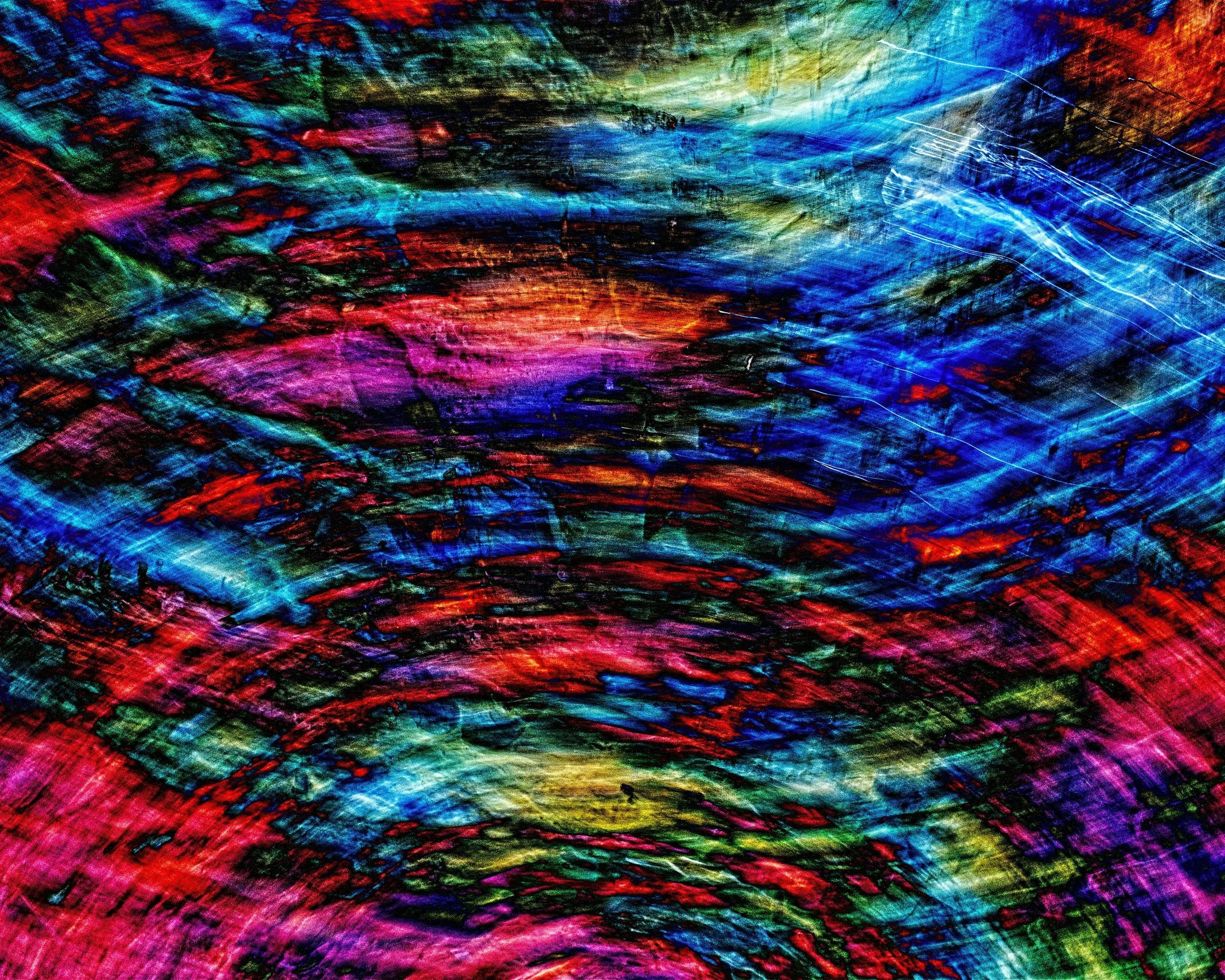
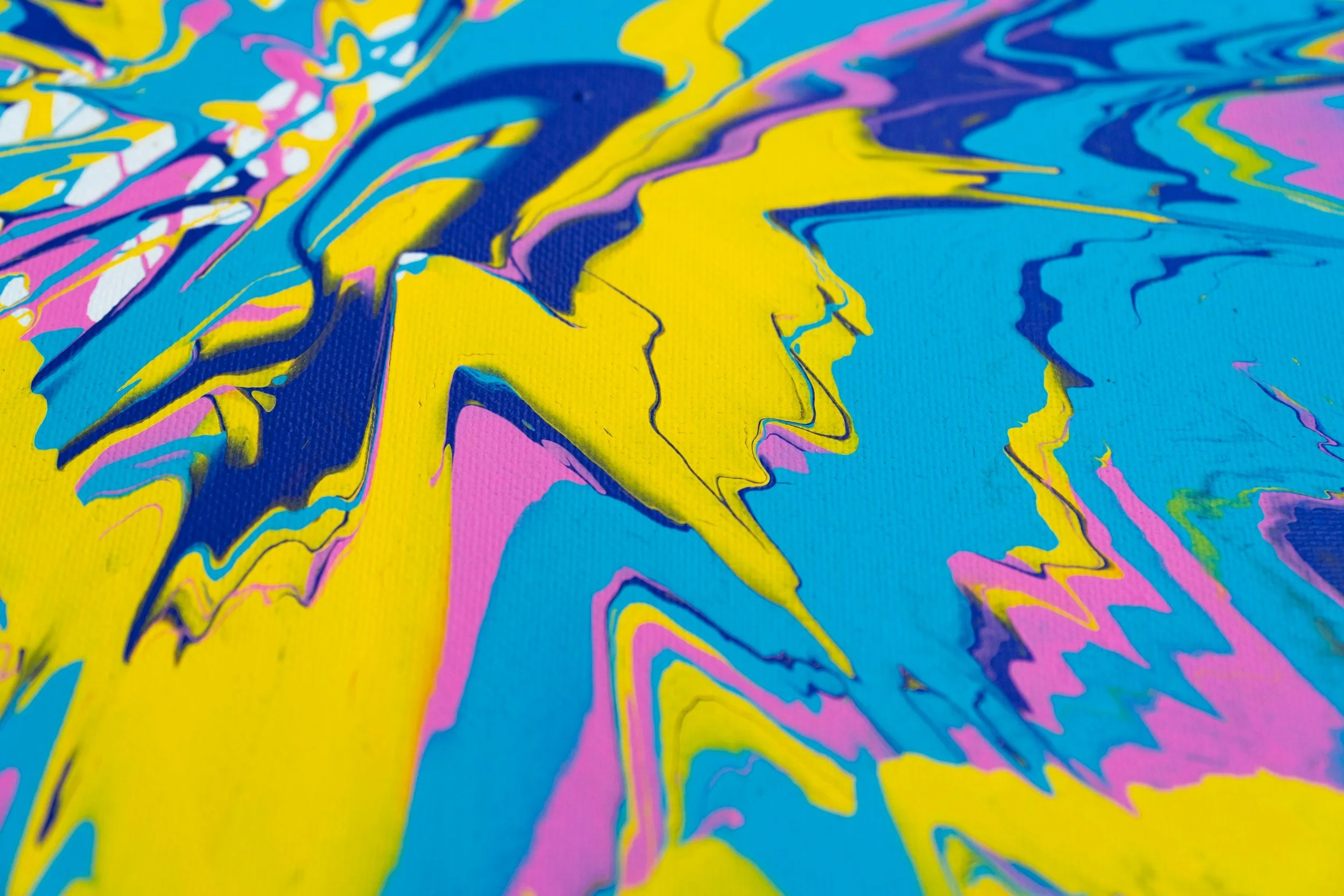
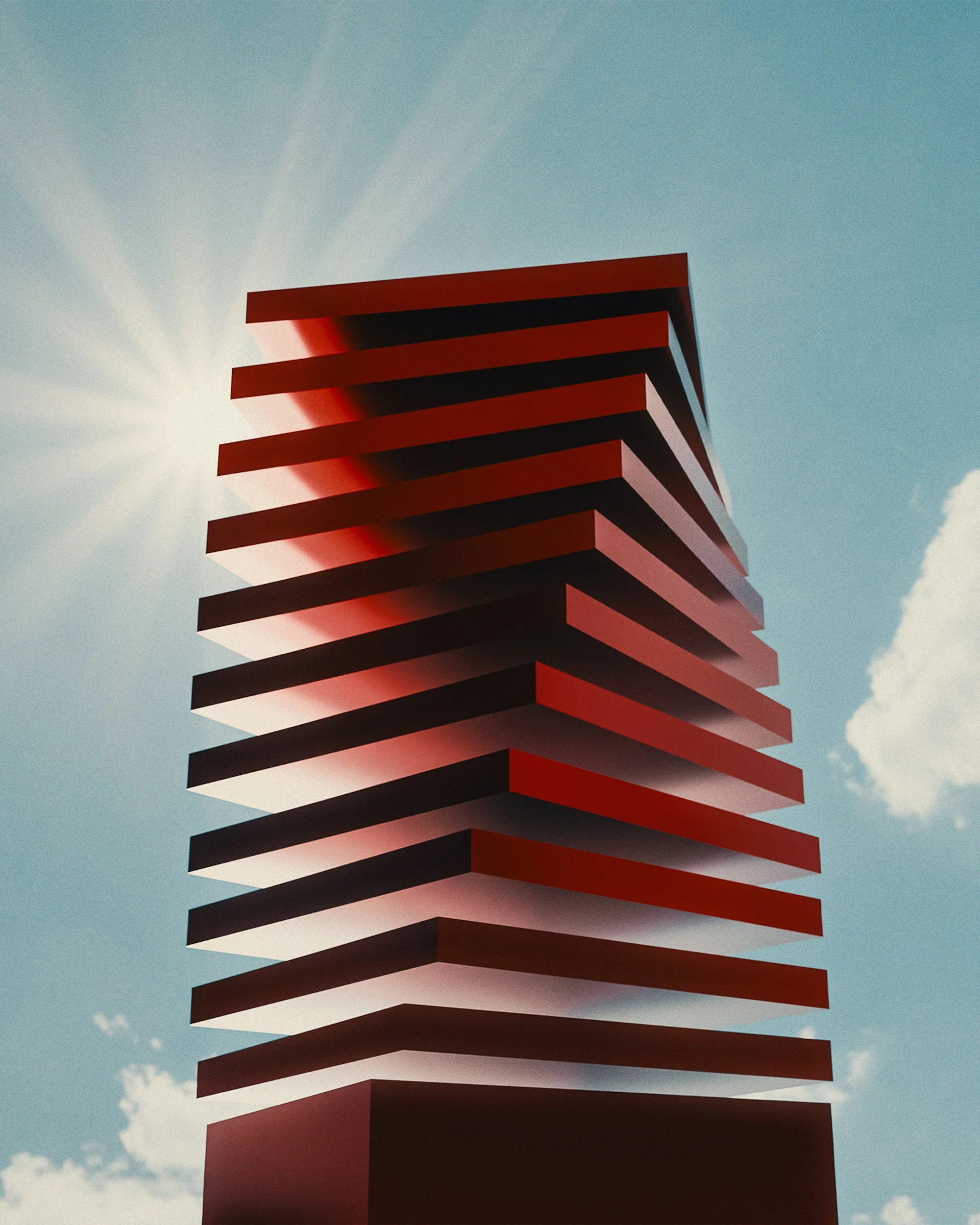
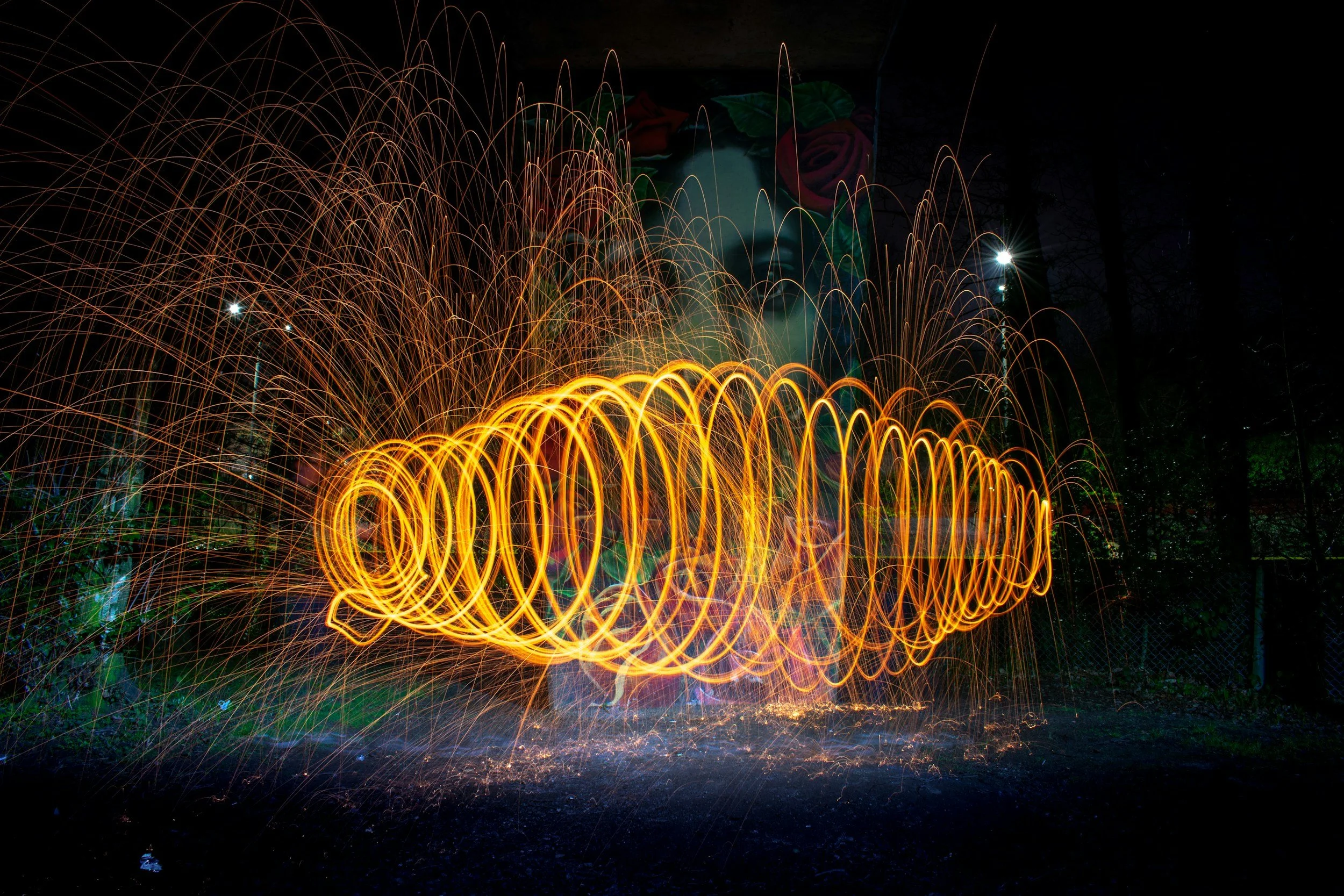
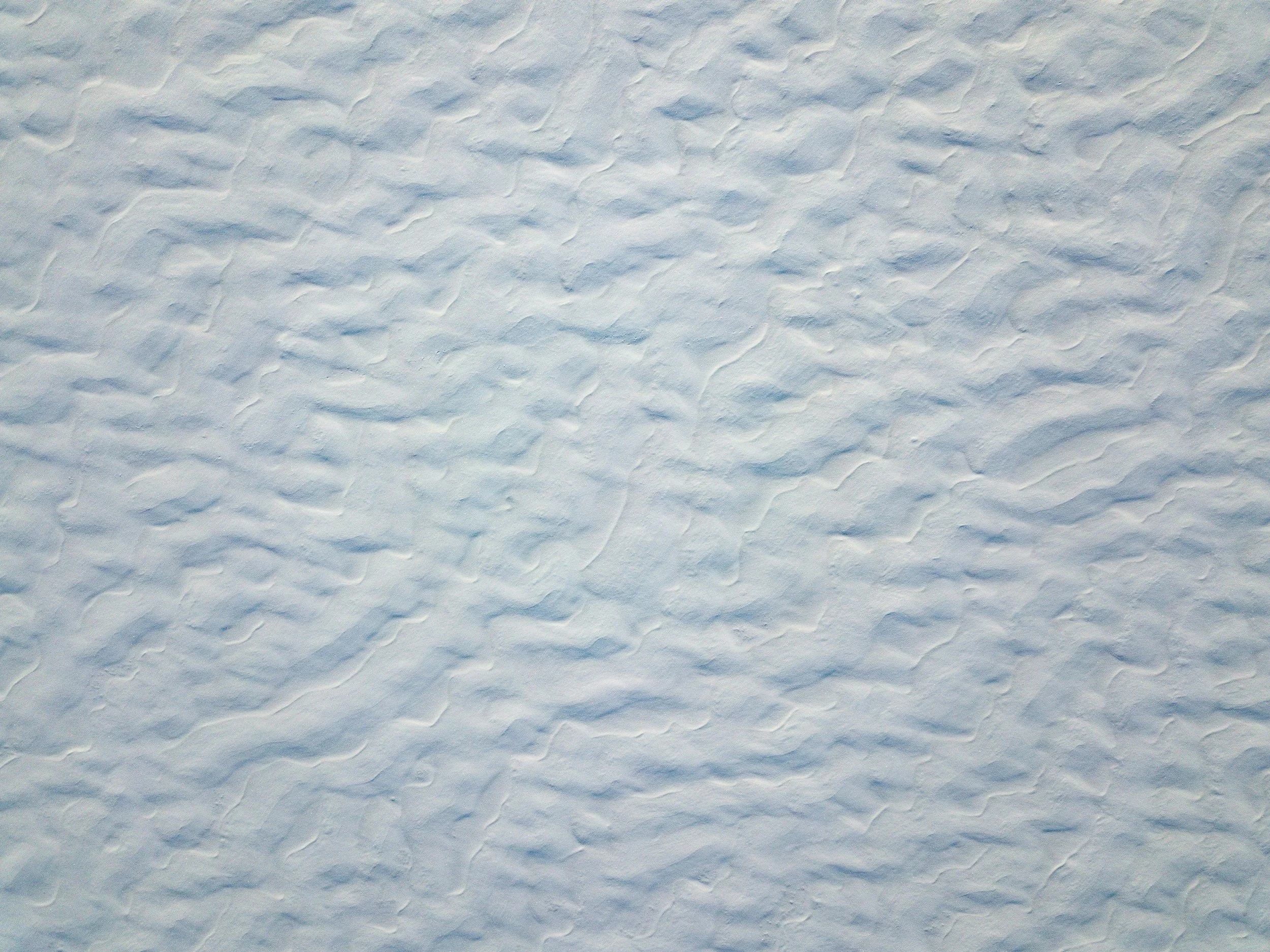
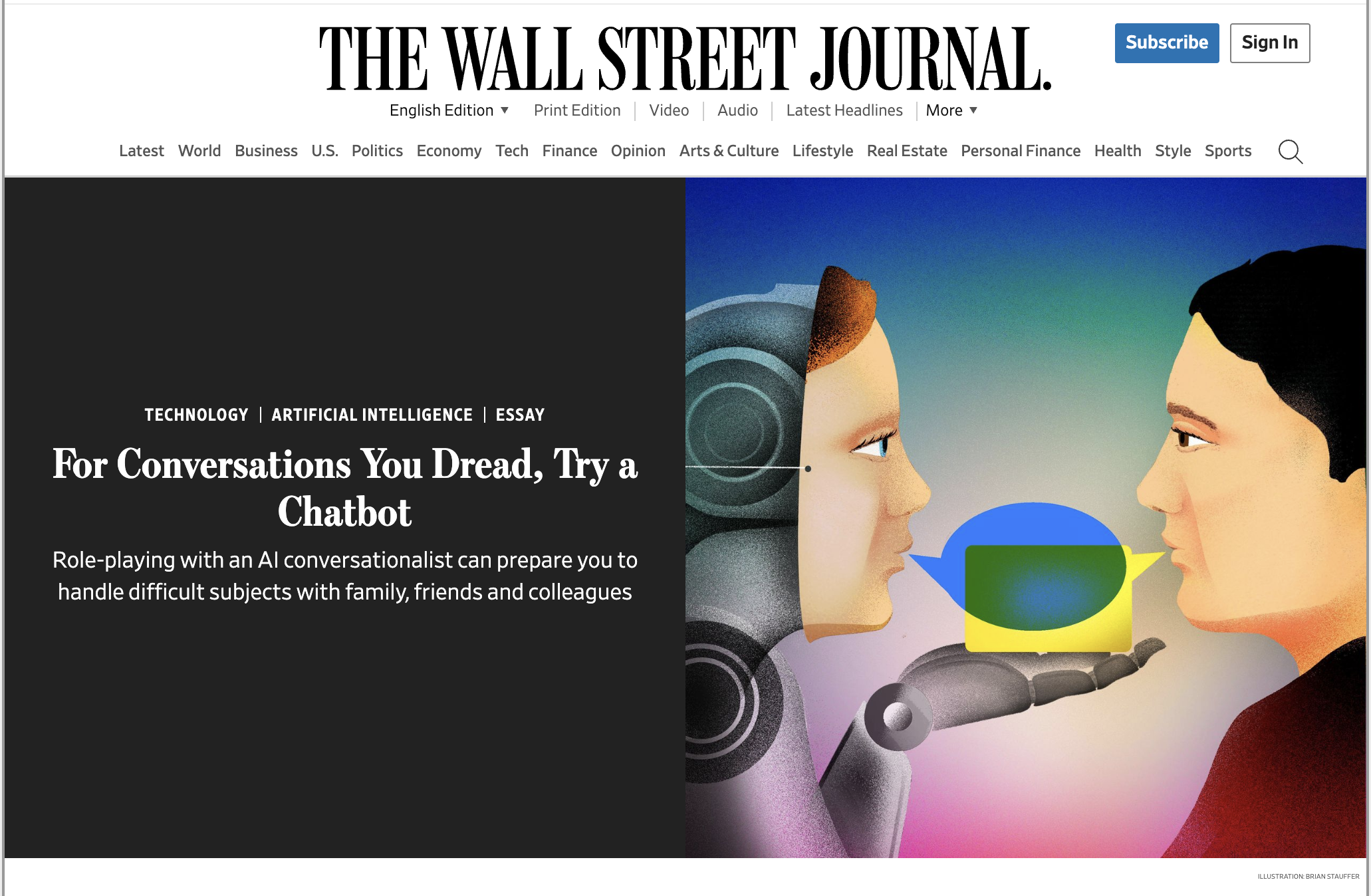
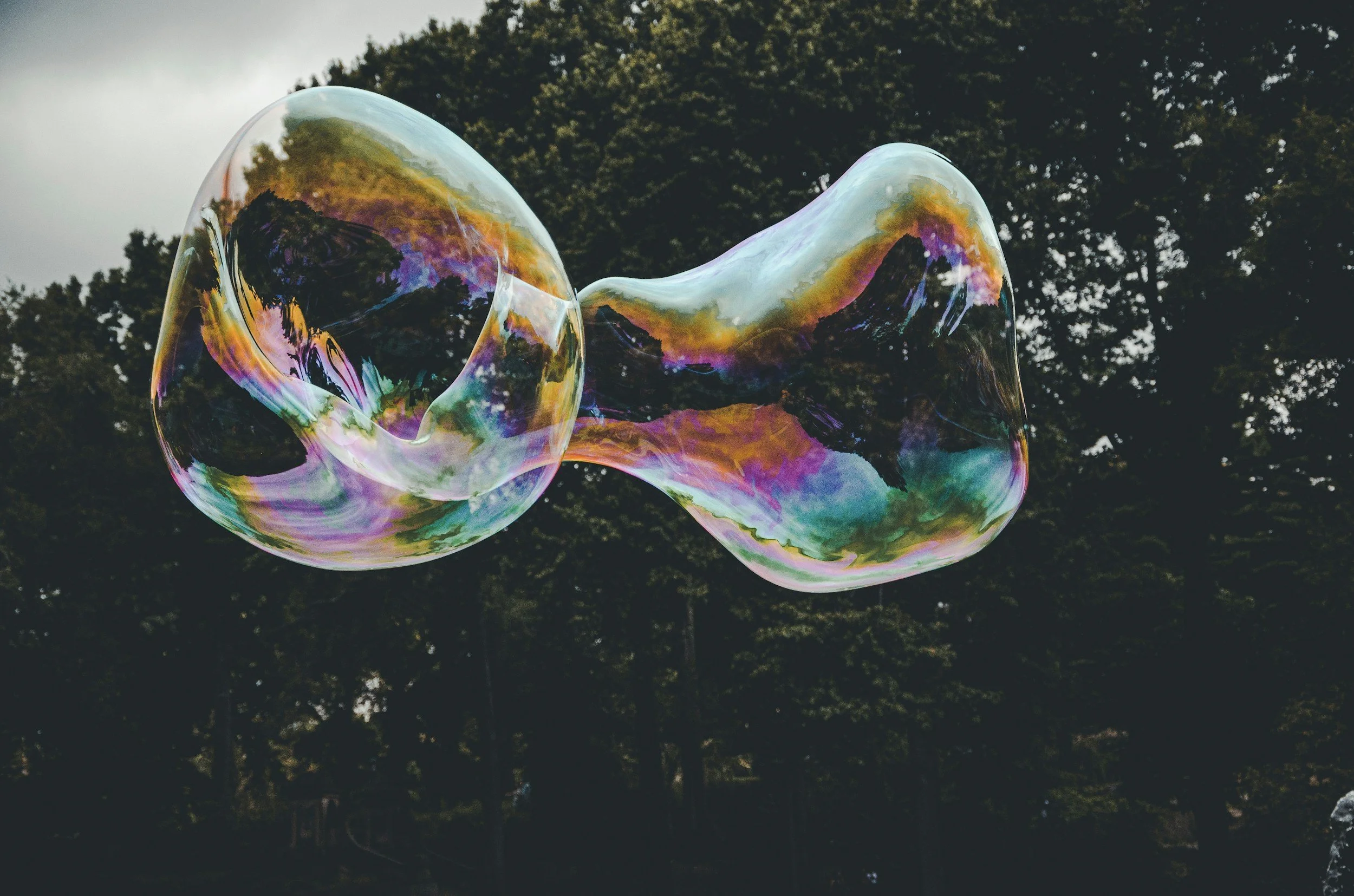
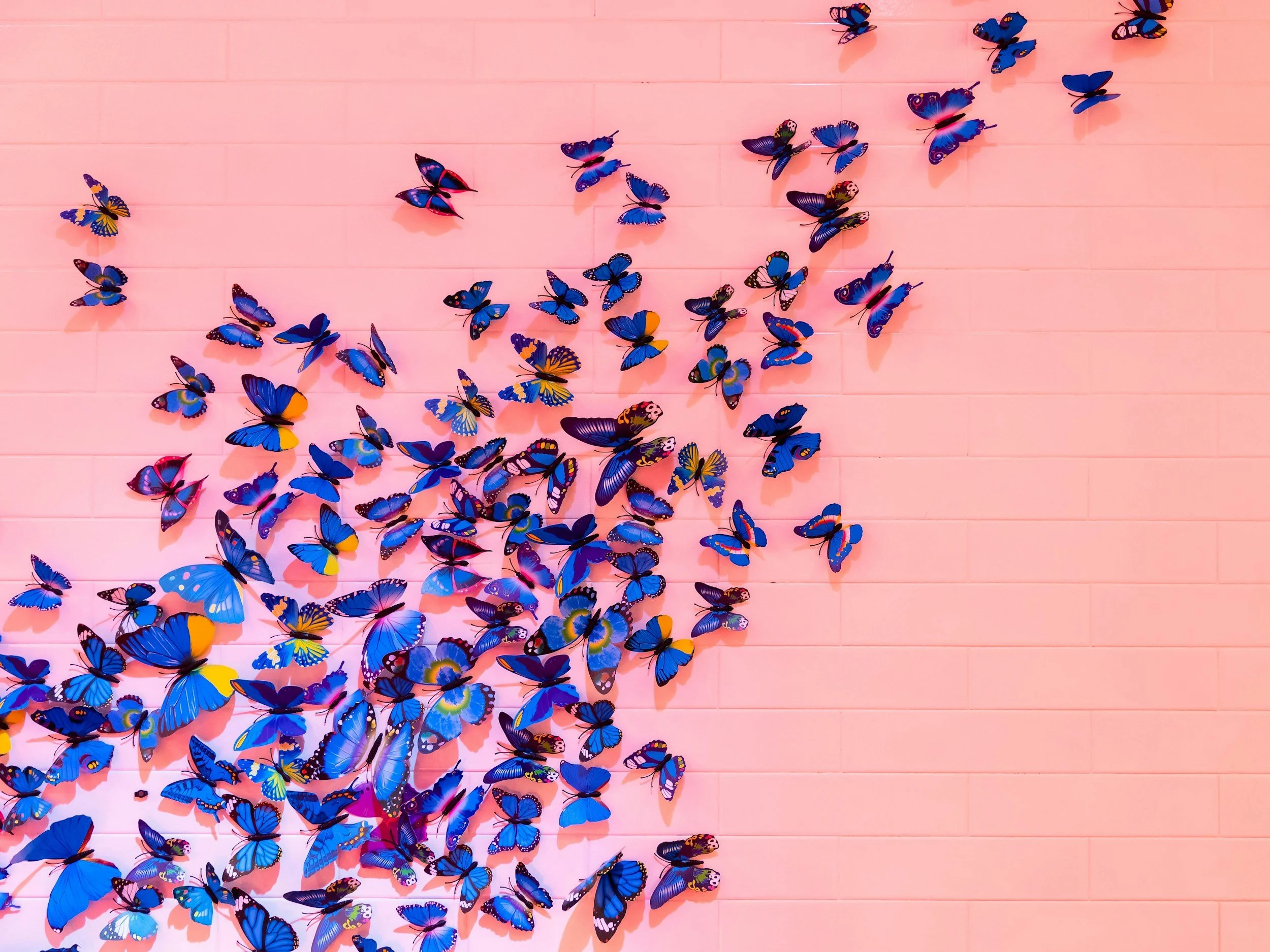
Cleverly deploying AI is not merely speeding up innovation—it's unlocking a fundamentally different relationship with the creative process. Here’s how to shift from operation, to orchestration.